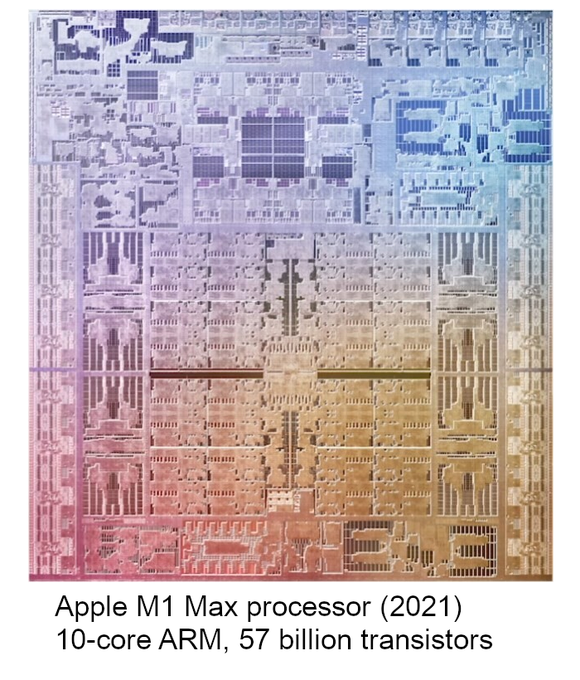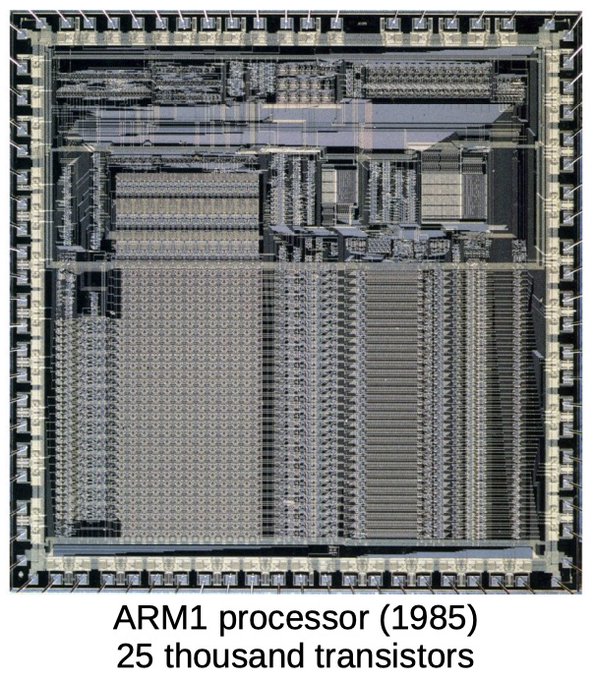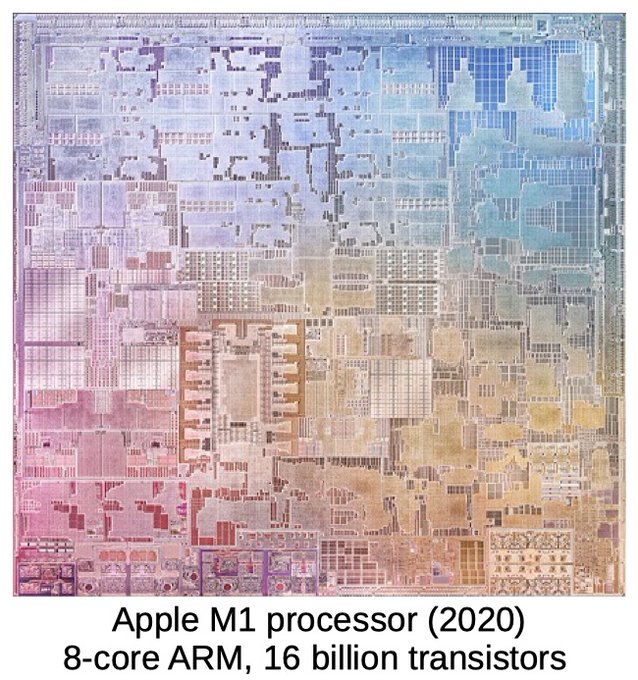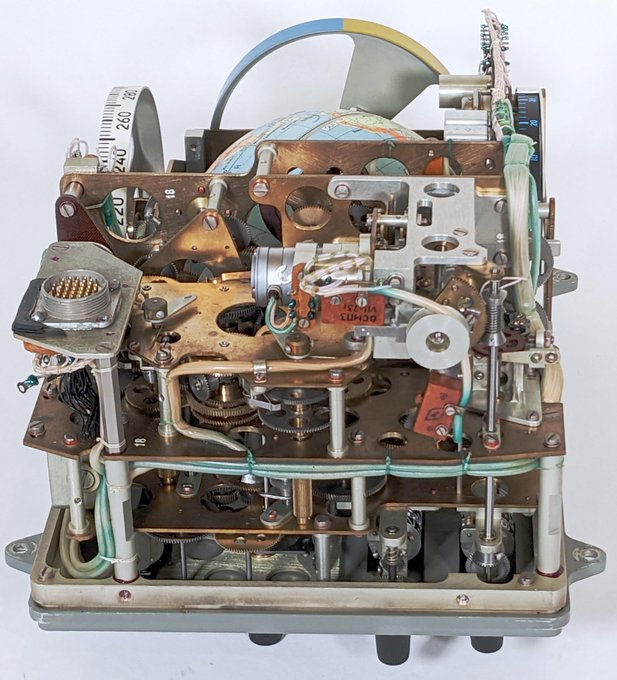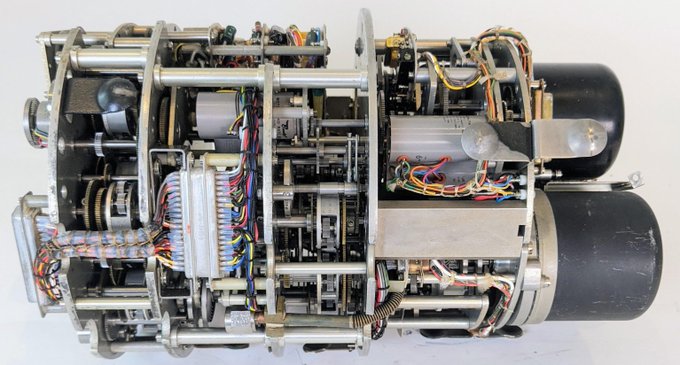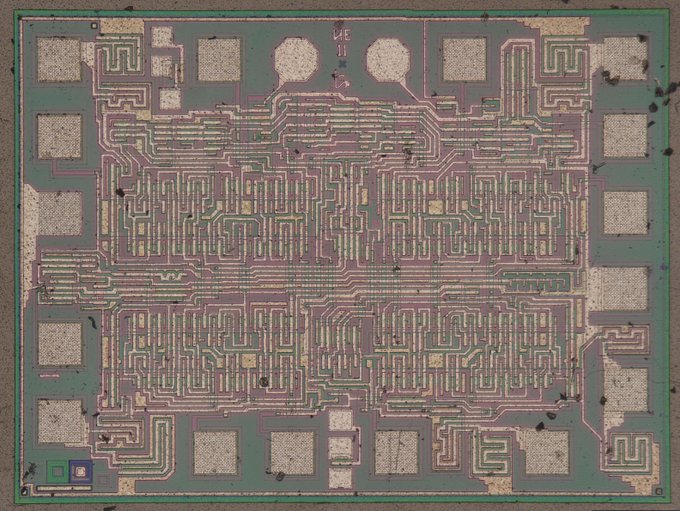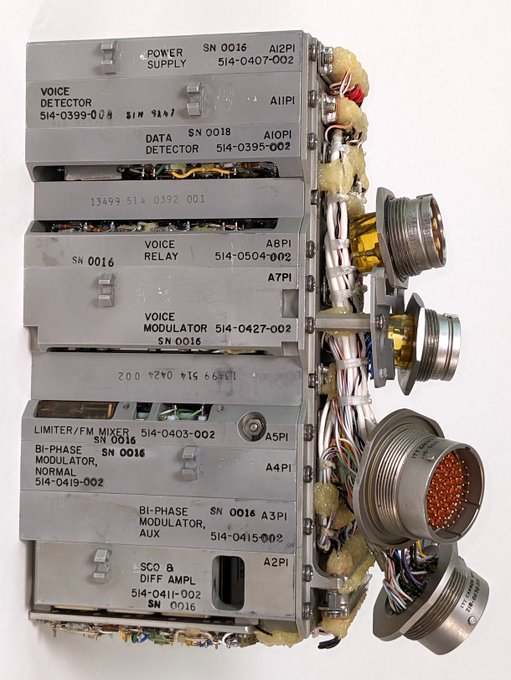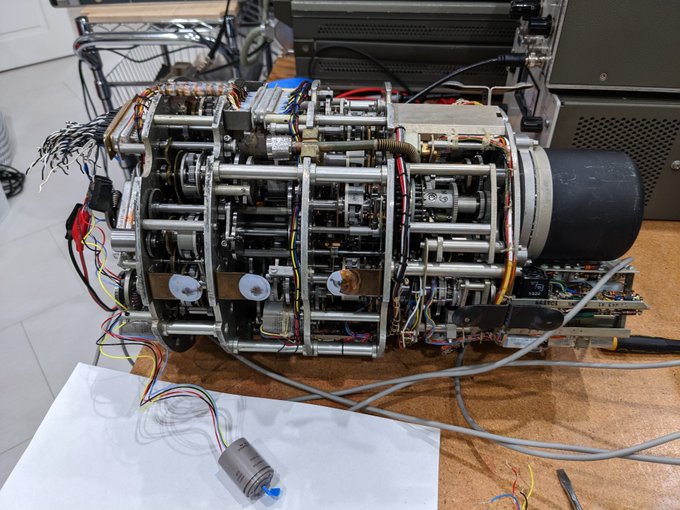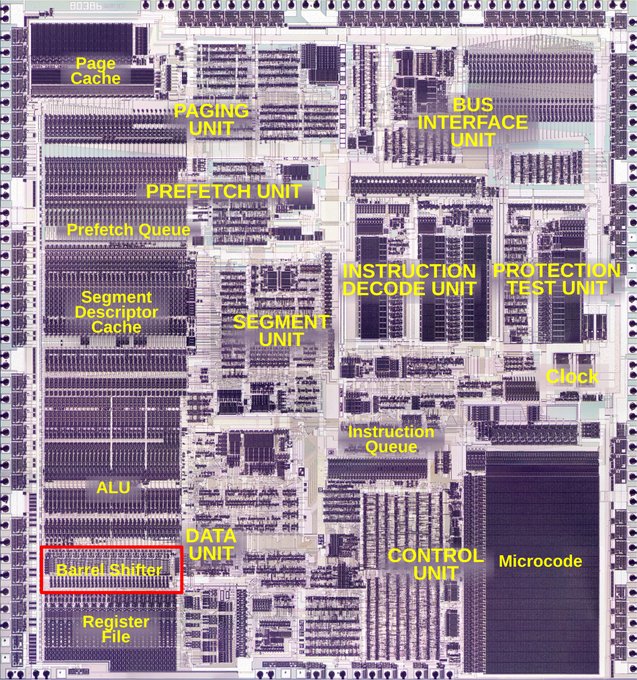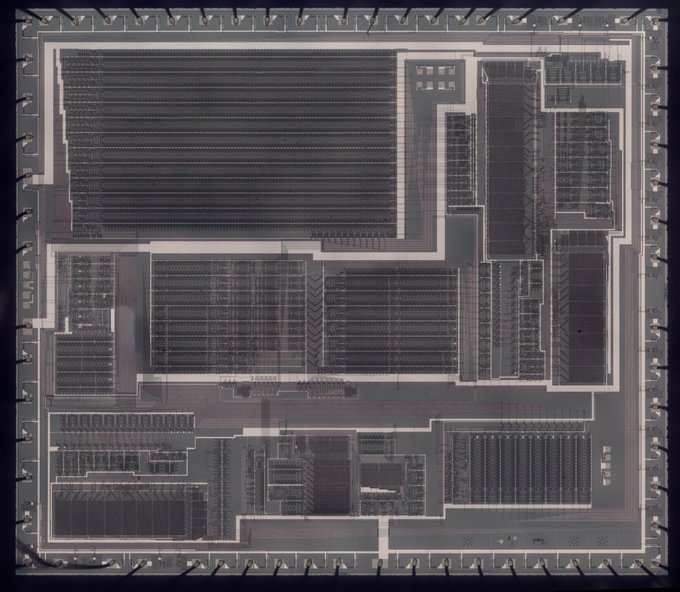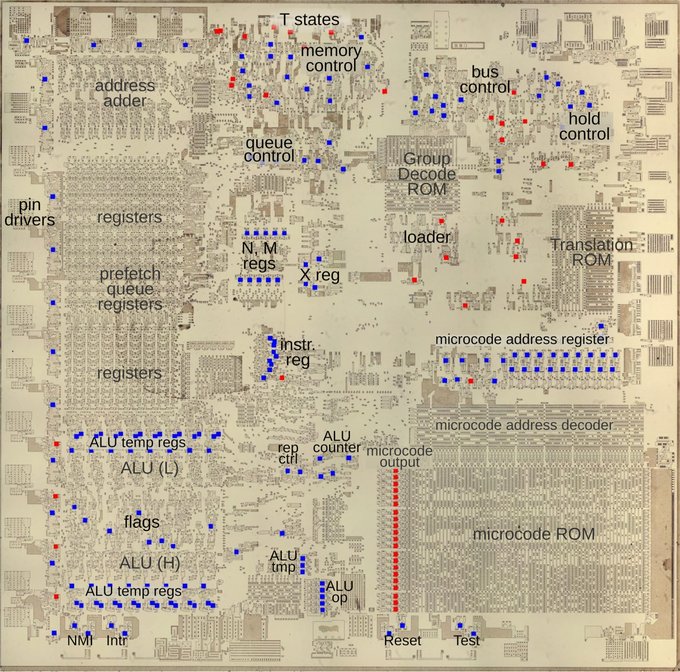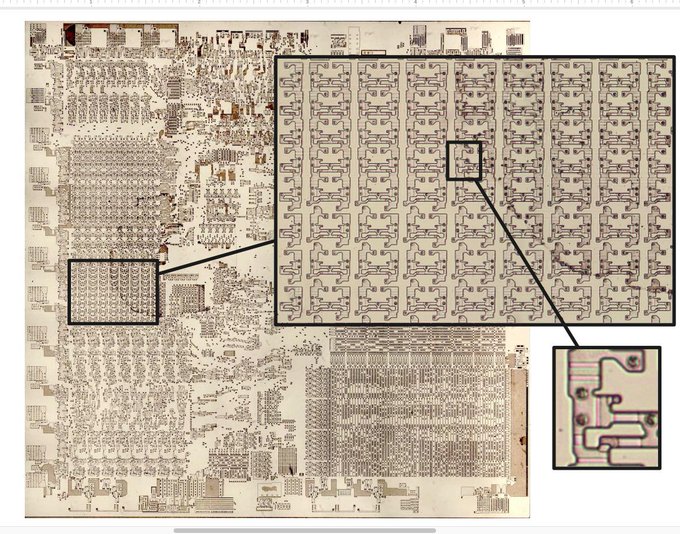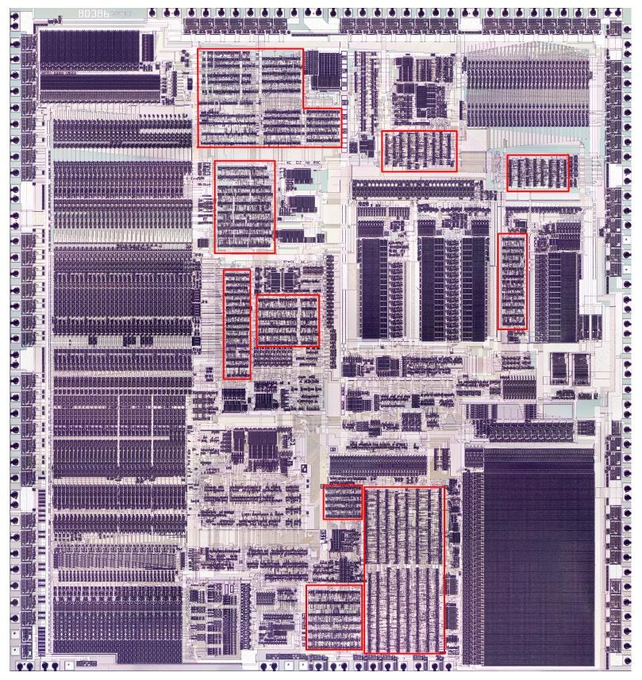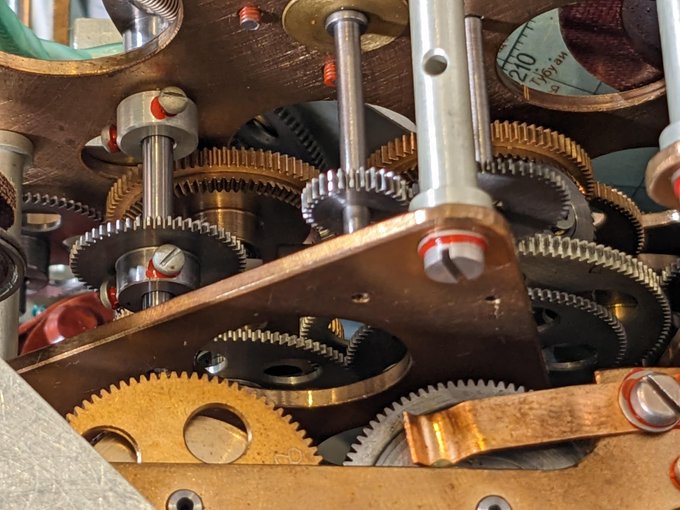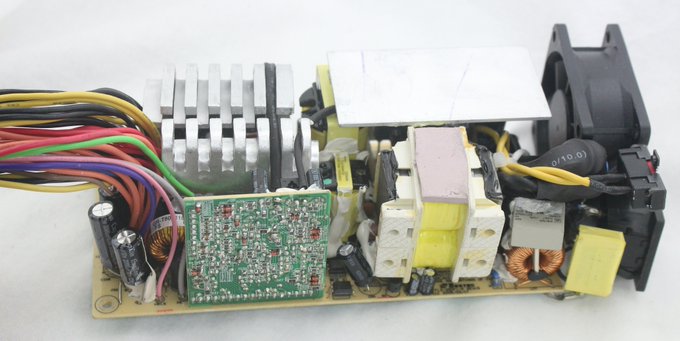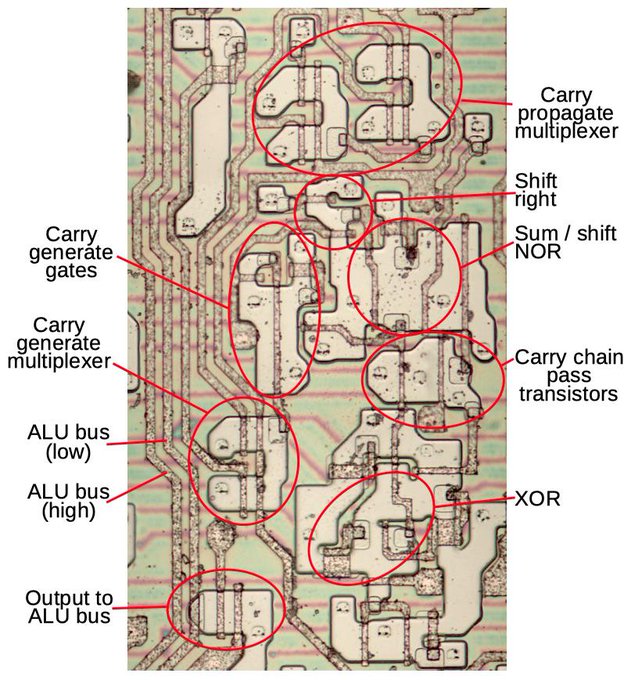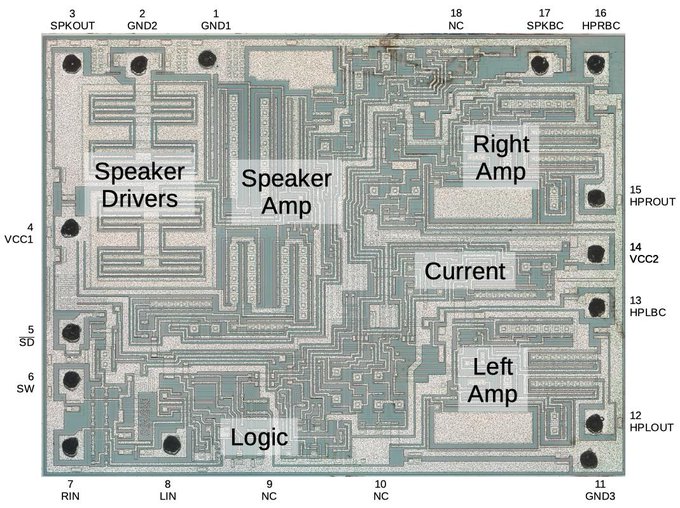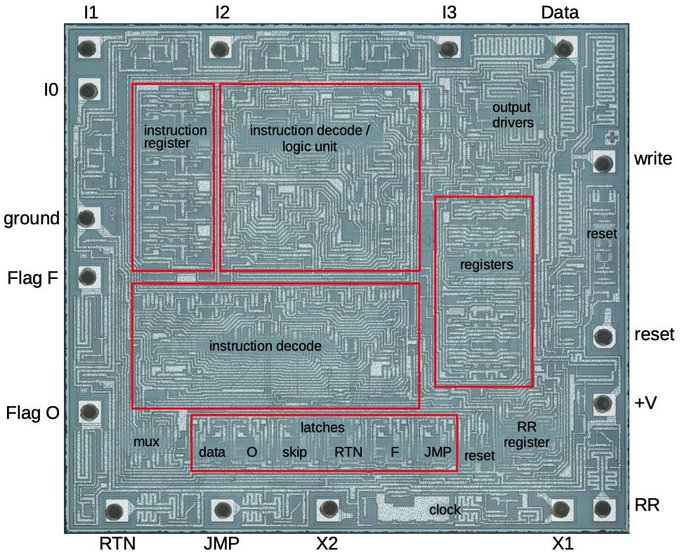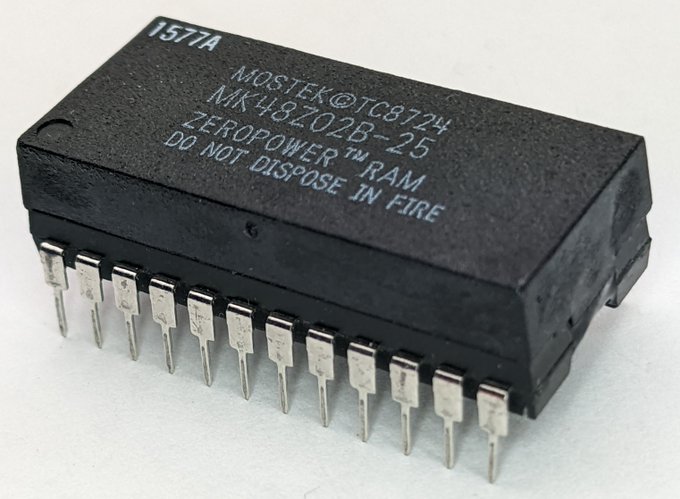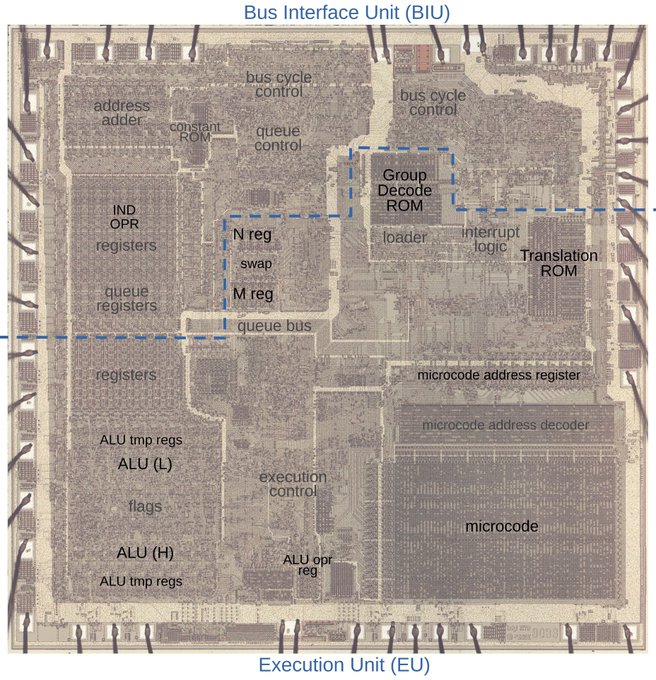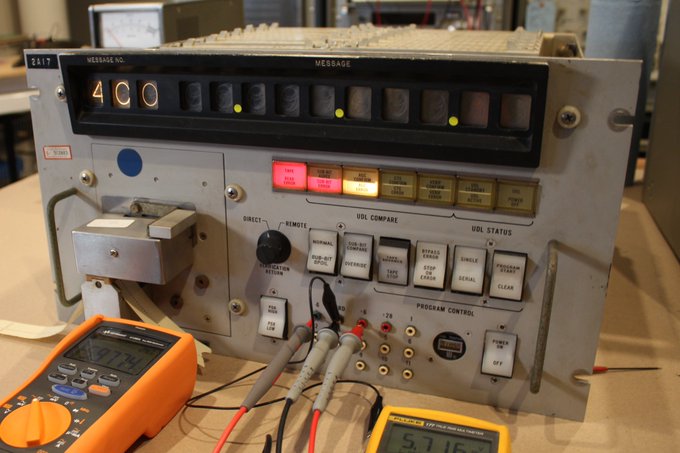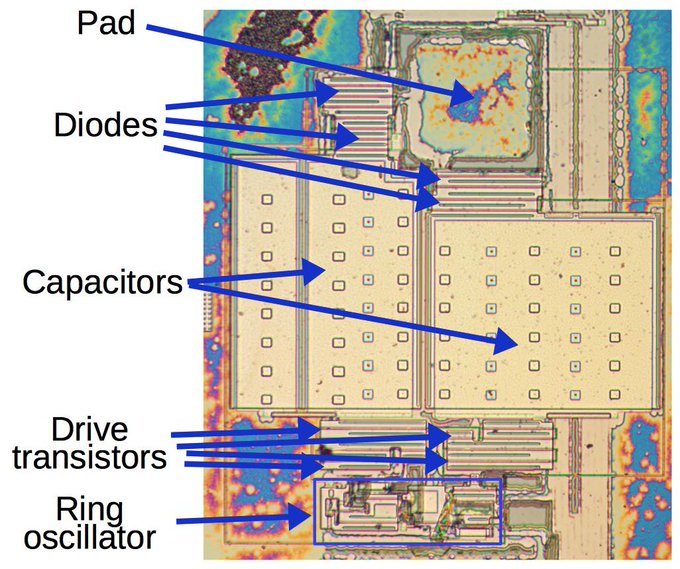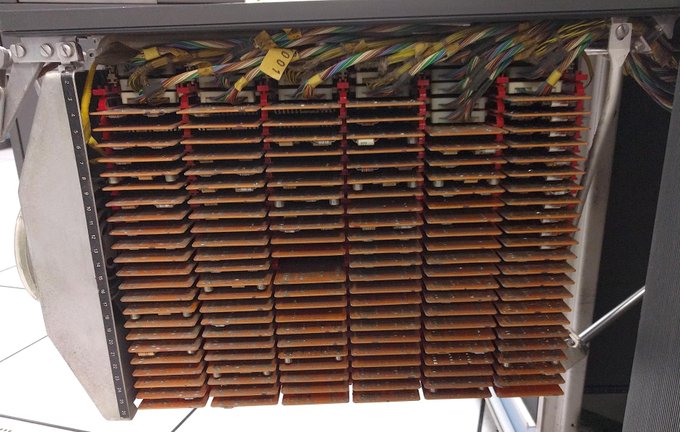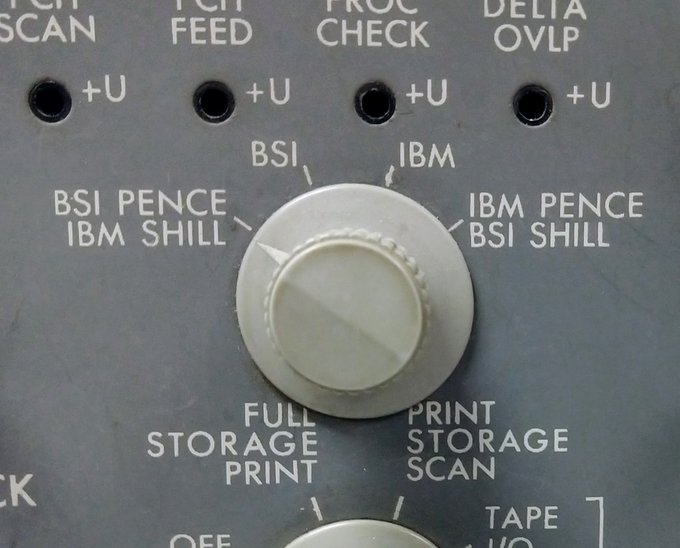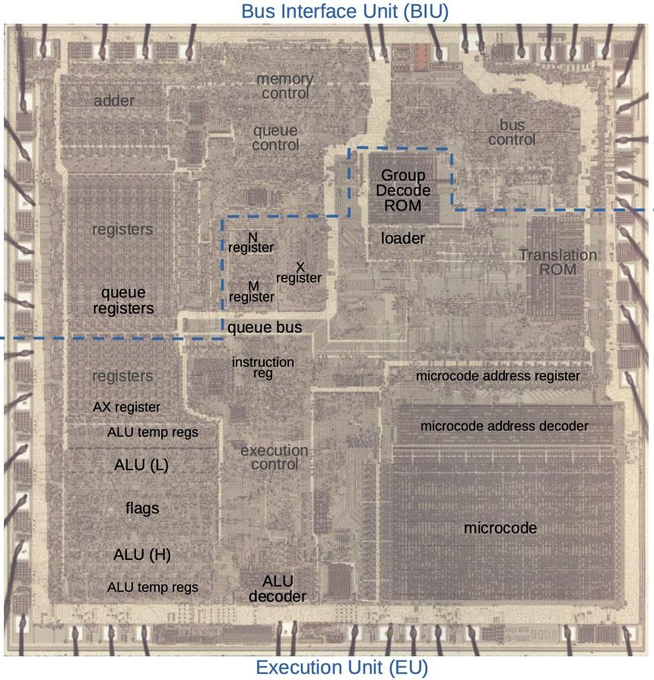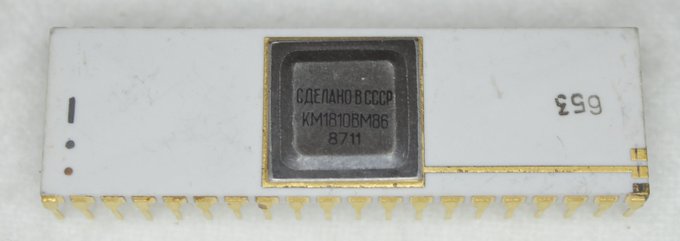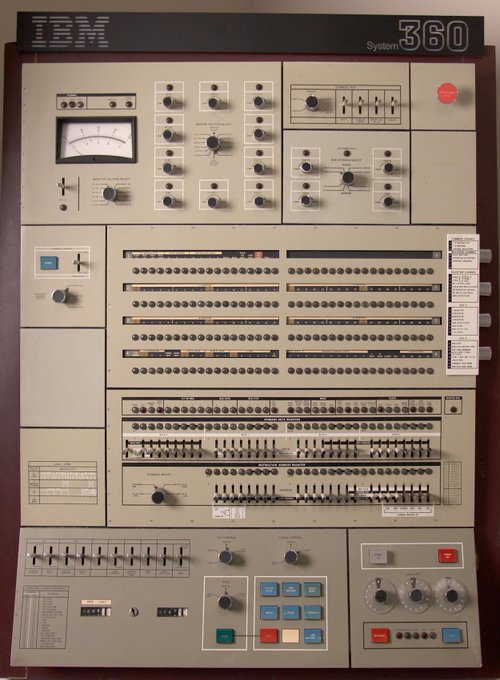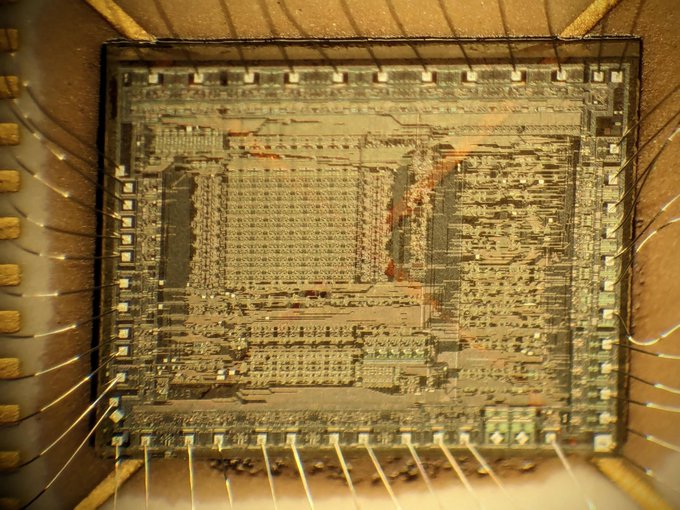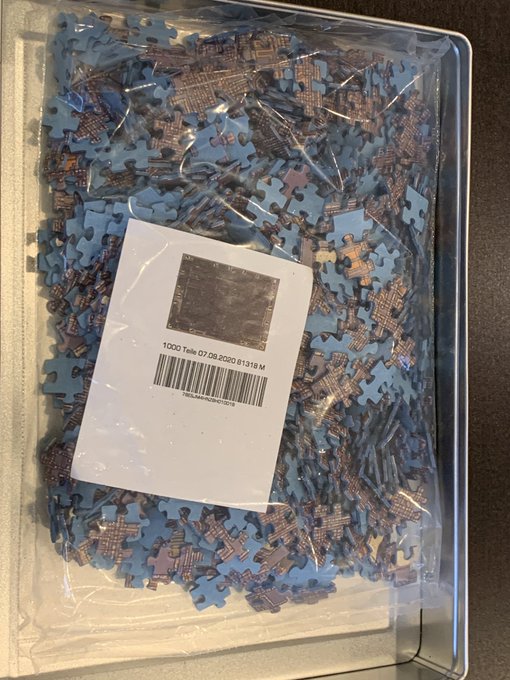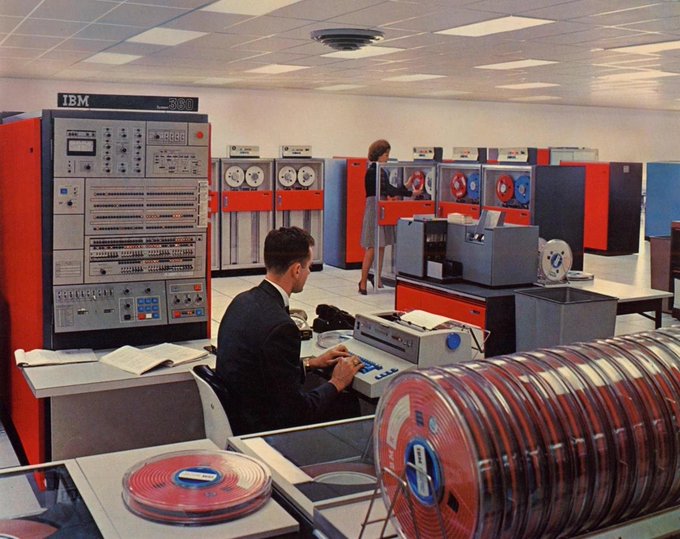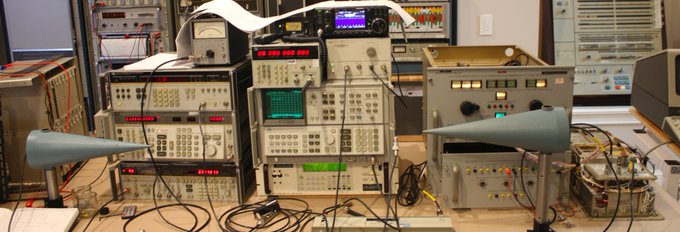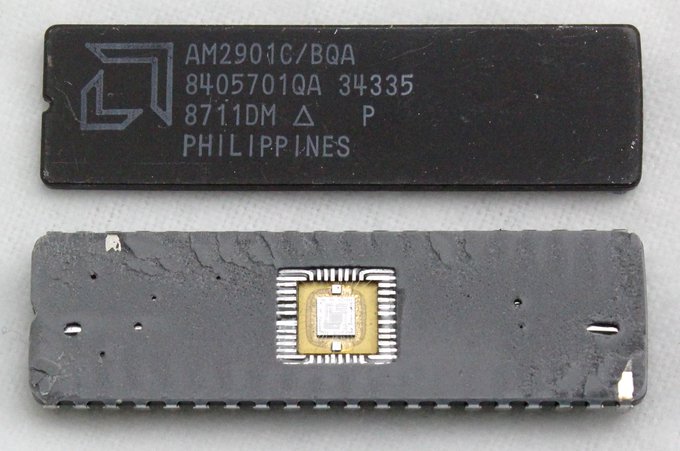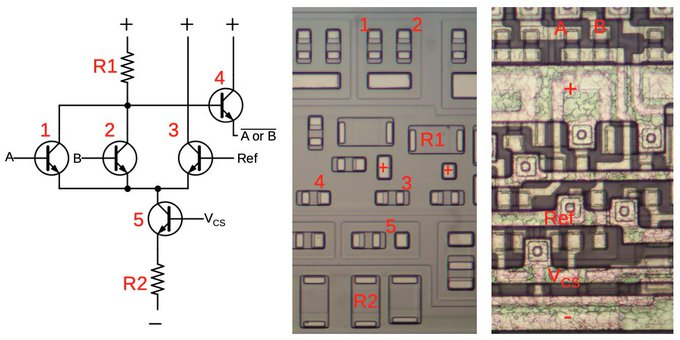
Ken Shirriff
@kenshirriff
Followers
69,492
Following
1,253
Media
2,781
Statuses
6,684
Computer history. Reverse-engineering old chips. Restored Apollo Guidance Computer, Alto. Ex-Google, Sun, Msft. So-called boffin.
Silicon Valley
Joined May 2010
Don't wanna be here?
Send us removal request.
Explore trending content on Musk Viewer
Kendrick
• 862459 Tweets
Drake
• 679404 Tweets
Columbia
• 614485 Tweets
Bayern
• 368475 Tweets
Euphoria
• 320763 Tweets
#الهلال_الاتحاد_كاس_الملك
• 209252 Tweets
Kroos
• 201562 Tweets
Vini
• 132933 Tweets
Kane
• 92607 Tweets
Sane
• 87746 Tweets
Bellingham
• 86457 Tweets
مدريد
• 76870 Tweets
Musiala
• 62758 Tweets
Bernabeu
• 56254 Tweets
Kdot
• 54103 Tweets
رونالدو
• 47326 Tweets
سافيتش
• 41950 Tweets
Tuchel
• 41629 Tweets
للهلال
• 35158 Tweets
Rodrygo
• 31955 Tweets
Wacko
• 31820 Tweets
Nadal
• 31128 Tweets
Neuer
• 28261 Tweets
#1MAYIS
• 25980 Tweets
Modric
• 22841 Tweets
سعود عبدالحميد
• 22826 Tweets
الريال
• 21656 Tweets
كوليبالي
• 20312 Tweets
المعيوف
• 20311 Tweets
كروس
• 18433 Tweets
البايرن
• 17918 Tweets
メーデー
• 15665 Tweets
Ipswich
• 14709 Tweets
Kim Min Jae
• 13844 Tweets
八十八夜
• 10629 Tweets
Last Seen Profiles
The IBM 1401 was the most popular computer of the early 1960s, with over 10,000 built. Renting for $2500 a month, it made a computer affordable to medium-sized businesses. You can see one in operation
@ComputerHistory
. But what if the computer suddenly stops turning on? 1/10
77
505
5K
I reverse-engineered the audio chip in the
#Nintendo
Game Boy Color. It contains three power op-amps for the speaker and headphone channels. This 1998 chip is built from about 100 NPN and PNP transistors. Die photo from
@johndmcmaster
. Article & schematic:
21
341
1K
The software to land on the Moon was woven by hand into core rope memory: wire through a core for a 1 bit, around a core for a 0 bit. Apollo Guidance Computer's ropes held 36K of 15-bit words and used the first amplifier integrated circuits.
#Apollo50
20
505
1K
In 1976, Motorola produced a 1-bit processor, the MC14500B. A 1-bit processor sounds like a joke, but it was an industrial controller for Boolean logic applications. I reverse-engineered the chip with die photos from
@johndmcmaster
via
@UsagiElectric
.
15
262
1K
The contents of this sealed electronics module from the 1960s were a mystery. Then
@Lumafield
let us use their X-ray CT scanner. This revealed the transistors, diodes, and other components packed inside. Let's take a closer look at this flip-flop module. 🧵
17
259
1K
Helped get an old Xerox Alto running at
@TheDigibarn
yesterday. It's the first time in decades that this machine has worked. Photos show it running Star Trek and Missile Command games. (We couldn't run "serious" programs because of disk drive issues.)
37
192
1K
My die photos of the
@Intel
8087 floating point chip from 1980. Almost all floating point is based on this chip and today's desktop computers still run 8087 instructions. I reverse engineered the bias generator inside and explain how it works.
19
417
1K
Ethernet was invented for the Xerox Alto in 1974, but its original 3 Mb/s Ethernet is incompatible with modern Ethernet. I built a gateway using a
#BeagleBone
to connect the Alto's Ethernet to the outside world.
22
359
1K
I just published a
#zeroday
attack to bypass disk passwords.
Since the Xerox Alto is 45 years old, this attack will have limited impact, but it does help us archive old disk packs.
23
427
1K





















